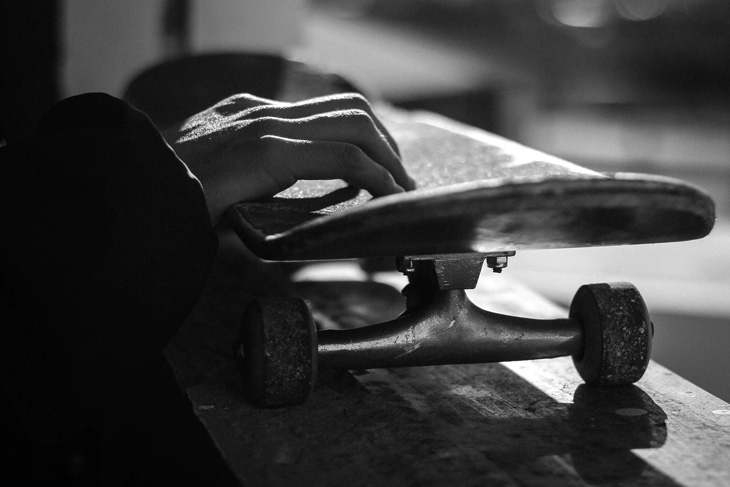How to Get Started with Fingerboarding

So, you’re interested in fingerboarding and want to know how to get started. Fingerboarding can provide hours of fun at a time, and there is a lot of skill needed that takes days and weeks to fully harness. While fingerboarding can look easy to get started with, it will take some time before you start nailing advanced tricks. Here’s how to get started with fingerboarding.
Step 1: Get a fingerboard
Many stores like Target, Walmart, Toys R Us, and hobby stores sell fingerboards, and you can find different kinds of fingerboards online at Amazon as well as hobby and fingerboarding websites.
There are many different types of fingerboards. The type of fingerboard isn’t important at first, but you may find that getting a wider fingerboard will be easier to perform tricks and generally manage.
Step 2: Play Around and Have Fun
Fingerboarding is all about having fun, so play around with your new fingerboard at first. Trying to learn advanced tricks right from the start can be difficult, so avoiding the cool tricks you’ve seen other fingerboarders do can prevent early frustration with fingerboarding. Roll your board around on a table and do what comes naturally.
Step 3: Learn the Basic Tricks
In the early stages of your fingerboarding hobby, it can be extremely beneficial to learn a few basic tricks. Learning how to ollie is one of the essential tricks to learn, as the ollie is one of the foundational skills to be able to perform any trick.
After you’ve learned how to ollie, consider learning a few more simple tricks like a shove-it, kickflip, nollie, and basic grinds.
Step 4: Practice the Basics
After learning some basic tricks, you might feel like you want to try your hand at some advanced tricks. However, you want to make sure you can perform the basic tricks with ease many times before trying advanced tricks. This also prevents any frustration from feeling like you can’t perform new tricks.
Many fingerboarders practice basic tricks hundreds and thousands of times before moving on to advanced tricks. Practicing the basics will ensure you can perform these simple tricks on every attempt, and advanced tricks become easier to learn.
Step 5: Learn More Advanced Tricks
Once you can perform tricks like a shove-it, kickflip, ollie, nollie, basic grinds, and maybe even a few other tricks with ease, it’s time to learn more advanced tricks.
Avoid going for the most insane tricks you can find. Instead, take incremental steps from one trick to another. There are hundreds of tricks you can do with a fingerboard, and many advanced tricks are just a combination of two or more basic skills.
For example, a switch 360 flip is a combination of a backside 360 shove-it and a kickflip performed in a goofy or switch finger positioning. Learning the shove-it and the kickflip make this trick much easier to perform.
Getting started with fingerboarding is easy, but sticking with it and continually having fun with it can become a challenge if you try to advance too quickly. Always remember to take your time when learning new tricks and always have fun!

